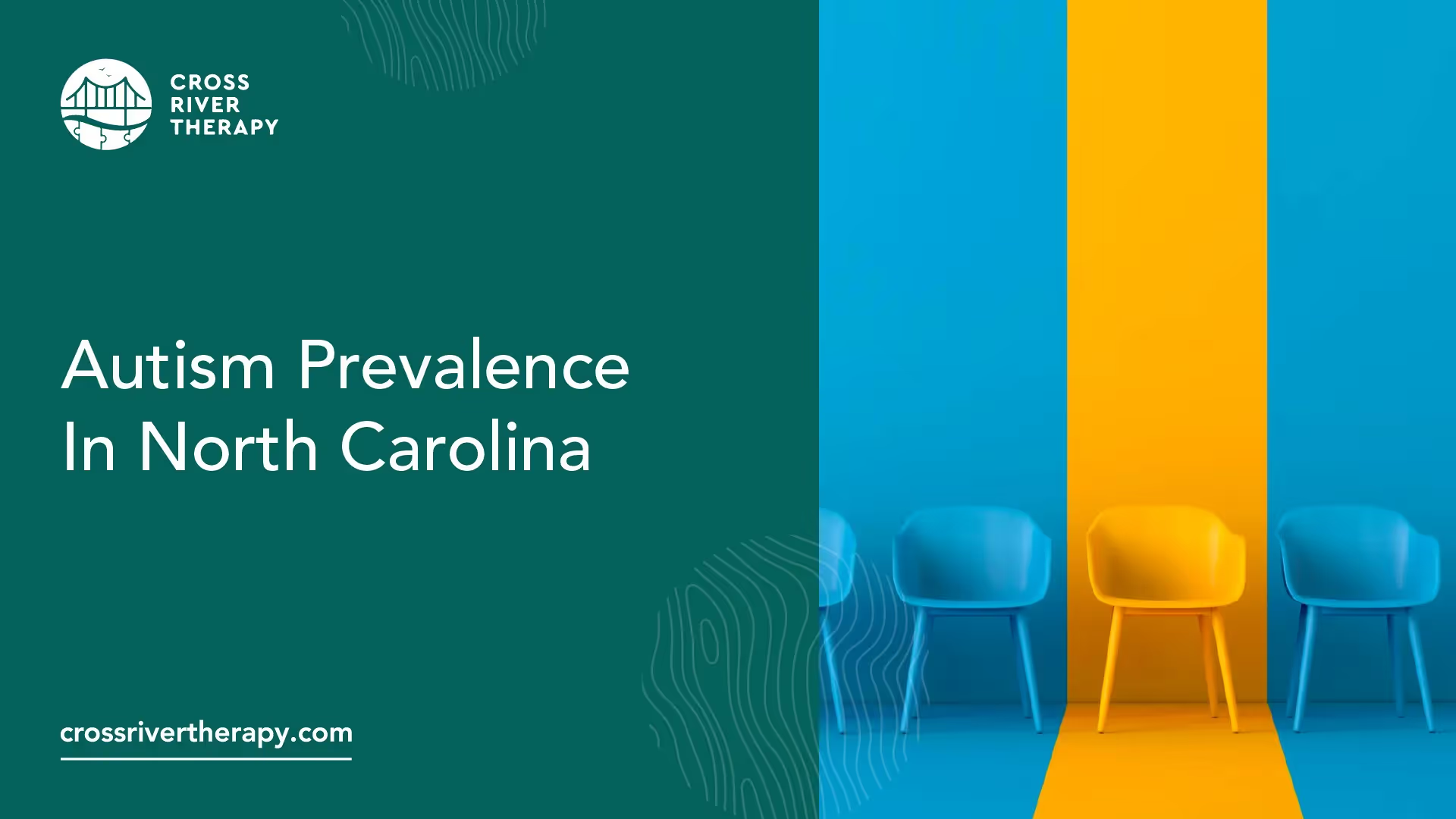Autism Prevalence In North Carolina
In North Carolina, the prevalence of autism is slightly higher than the national average, with 1 in 52 children being diagnosed with ASD.
The prevalence of autism is slightly higher in North Carolina than the national average, with 1 in 52 children being diagnosed with autism.
The prevalence of autism in North Carolina has been steadily increasing over the past few decades. In 2002, the prevalence of autism in North Carolina was 1 in 500 children. By 2006, this number had risen to 1 in 150 children. Currently, North Carolina has one of the highest autism prevalence rates in the country.

Why North Carolina Has A High Autism Prevalence
There are several reasons for the high prevalence of autism in North Carolina. One reason is that North Carolina has a strong network of healthcare providers and researchers who specialize in autism diagnosis and treatment. This has led to more accurate and timely diagnoses of autism in children.
Another reason for the high prevalence of autism in North Carolina is the state's early intervention and educational programs for children with autism.
The state has several programs that provide early intervention services to children with ASD, including the Infant-Toddler Program and the Preschool Exceptional Children Program.
These programs provide services such as speech therapy, occupational therapy, and behavioral therapy to children with ASD, which can significantly improve their outcomes.
North Carolina also has several specialized schools and programs for children with autism. The TEACCH Autism Program, which was developed at the University of North Carolina at Chapel Hill, is a statewide program that provides services to individuals with ASD and their families.
The program includes specialized schools, vocational training, and community support.
Despite the progress made in autism diagnosis and treatment in North Carolina, there are still challenges that need to be addressed. One challenge is the lack of access to services in rural and underserved areas of the state.
Families in these areas may have limited access to healthcare providers, early intervention services, and specialized schools and programs for children with autism.
Another challenge is the lack of awareness and understanding of autism in some communities. This can lead to delays in diagnosis and treatment, as well as stigmatization of individuals with ASD and their families.
Summary
In conclusion, the prevalence of autism in North Carolina is higher than the national average, but the state has made significant progress in diagnosis and treatment of the disorder.
The state's strong network of healthcare providers and researchers, early intervention and educational programs, and specialized schools and programs have contributed to this progress.
However, there are still challenges that need to be addressed, particularly in rural and underserved areas of the state, and through increased awareness and understanding of autism in all communities.



